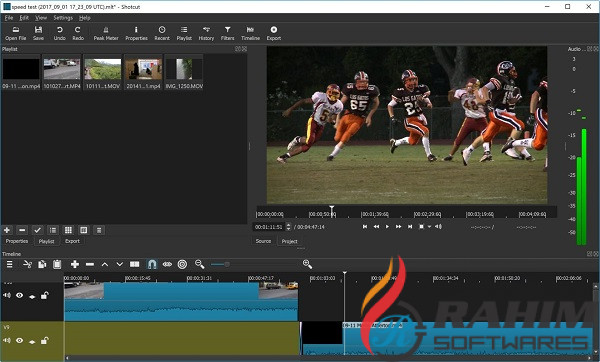

But the code below includes the video download from YouTube. This is not much different from previous samples. Note: in my case, the ffmpeg command is in ~/bin directory. # ffmpeg -i inFile -f image2 -vf "select='eq(pict_type,PICT_TYPE_I)'" -vsync vfr oString%03d.png
"python iframe.py -i yosemite.mp4 -o yos" will output 'yos001.png', 'yos002.png', and so on. "python iframe.py -i yosemite.mp4" will output 'out001.png', 'out002.png', and so on. It's using the following ffmpeg command:įfmpeg -i inFile -f image2 -vf "select='eq(pict_type,PICT_TYPE_I)'" -vsync vfr oString%03d.png Input is required, but output is optional. The following python code extracts i-frames. The bigger the seeking time is, the longer you will have to wait. The advantage is that we'll get the frame at the right time, but the drawback is that it will take a lot of time until it finally reaches that time point. This will be done very slowly, frame by frame. In this case, the input will be decoded until it reaches the position given by -ss. However, in our example, since we did put -ss after -i, it produced one image frame precisely at the requested time from the beginning of the movie. The drawback is that it will also finish the seeking at some keyframe, not necessarily located at specified time (00:00:18.123), so the seeking may not be as accurate as expected. The input will be parsed using keyframes, which is very fast. If the -ss comes before -i, it will also produce one image frame (yosemite.png) somewhere around the 18 seconds from the beginning of the movie. The command will seek to the position of 0h:0m:18sec:123msec into the movie and extract one frame (-vframes 1) from that position into a yosemite.png file: 

When we extract just one frame, we can opt out "-f image2" from the command above:įfmpeg -i yosemiteA.mp4 -ss 00:00:18.123 -frames:v 1 yosemite.png image2: to extract the frames in separate png files, we need to force the image2 muxer.vframes: set the number of video frames to record.If we want to extract just a single frame (-vframes 1) from the video ( Yosemite) into an image file, we do:įfmpeg -i yosemiteA.mp4 -ss 00:00:18.123 -f image2 -vframes 1 yosemite.png







 0 kommentar(er)
0 kommentar(er)
